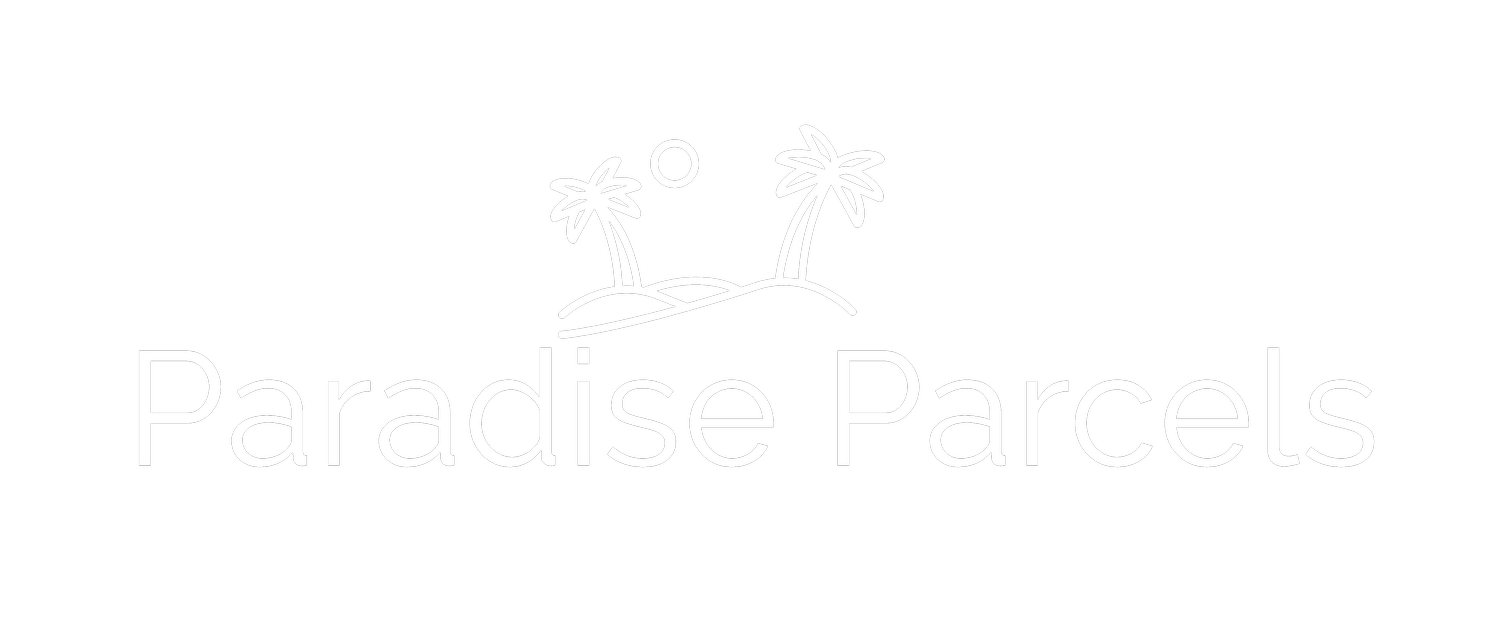Off-Grid Freedom: What It Really Takes to Live on Florida Land
The dream: A piece of dirt, your own rules, no neighbors or noise.
We feel it too.
Florida has some amazing counties for off-grid living — but it’s not all campfires and compost toilets. Here’s what it really takes to make that dream happen:
✅ Where You Can Go Off-Grid
Putnam County (Interlachen): RV living is allowed for 180 days/year with a building permit
Washington County (Chipley): Some lots allow long-term off-grid setups, depending on zoning
Levy, Suwannee, and Dixie Counties: Popular with homesteaders and minimalists
🧰 What You’ll Need
Septic Permit or compost alternative
Water Source (well, rainwater catchment, or delivery)
Power Plan (solar, generator, or local electric if available)
Zoning-Compatible Shelter (tiny home, cabin, or RV — if allowed)
⚠️ What People Get Wrong
Assuming all land is RV-OK (it’s not)
Thinking no building = no rules (zoning still applies)
Moving on before the land is paid off (we don’t allow development during financing)
💬 Real Talk:
Off-grid living is freeing — but it’s also real work.
It’s clearing land, hauling water, watching the weather. And we love it.
Want to find the right off-grid lot to start your story?
Message us. We’ve got a few 🔥 ones we can show you right now.
